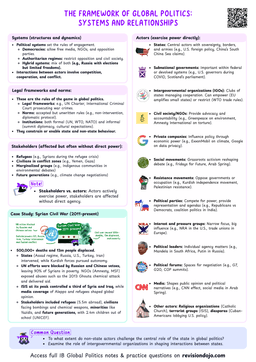Understanding Vulnerability and Marginalization
Vulnerability
Vulnerability refers to the increased risk of harm or disadvantage due to specific factors such as poverty, discrimination, or lack of access to resources.
Marginalization
Marginalization occurs when individuals or groups are pushed to the edges of society, denied equal opportunities, or excluded from decision-making processes.
- Vulnerability and marginalization are often interconnected, with marginalized groups experiencing heightened vulnerability due to systemic inequalities.

Factors Contributing to Vulnerability and Marginalization
- Economic Inequality
- Poverty limits access to education, healthcare, and employment, perpetuating cycles of disadvantage.
- Discrimination
- Racism, sexism, and other forms of bias create barriers to opportunity and inclusion.
- Lack of Political Representation
- Marginalized groups often have limited voice in policy-making, leading to policies that do not address their needs.
- Cultural and Social Exclusion
- Norms and stereotypes can isolate individuals, reinforcing their marginalization.
- The Rohingya, a Muslim minority in Myanmar, face severe marginalization due to ethnic and religious discrimination, resulting in statelessness and vulnerability to violence.
Case Studies of Vulnerable and Marginalized Groups
1. Indigenous Peoples
- Historical Context
- Indigenous communities have faced colonization, land dispossession, and cultural erasure.
- Contemporary Challenges
- Land Rights: Ongoing struggles for recognition and protection of ancestral lands.
- Cultural Preservation: Efforts to maintain languages and traditions in the face of globalization.
- The Standing Rock Sioux Tribe's protest against the Dakota Access Pipeline highlights the intersection of environmental justice and indigenous rights.
2. Women and Gender Minorities
- Systemic Discrimination
- Gender-based violence, wage gaps, and underrepresentation in leadership roles persist globally.
- Intersectionality
- Women from marginalized racial or ethnic groups often face compounded discrimination.
- Intersectionality refers to the overlapping and interdependent systems of discrimination or disadvantage that individuals may experience based on multiple identity factors, such as race, gender, and class.
3. Refugees and Migrants
- Forced Displacement
- Conflict, persecution, and climate change drive millions to flee their homes.
- Barriers to Integration
- Legal restrictions, xenophobia, and lack of access to services hinder their ability to rebuild their lives.
- The Syrian refugee crisis illustrates the vulnerability of displaced populations and the challenges of international response.
4. Children
- Children make up around one-third of the global population but half of those in extreme poverty.


